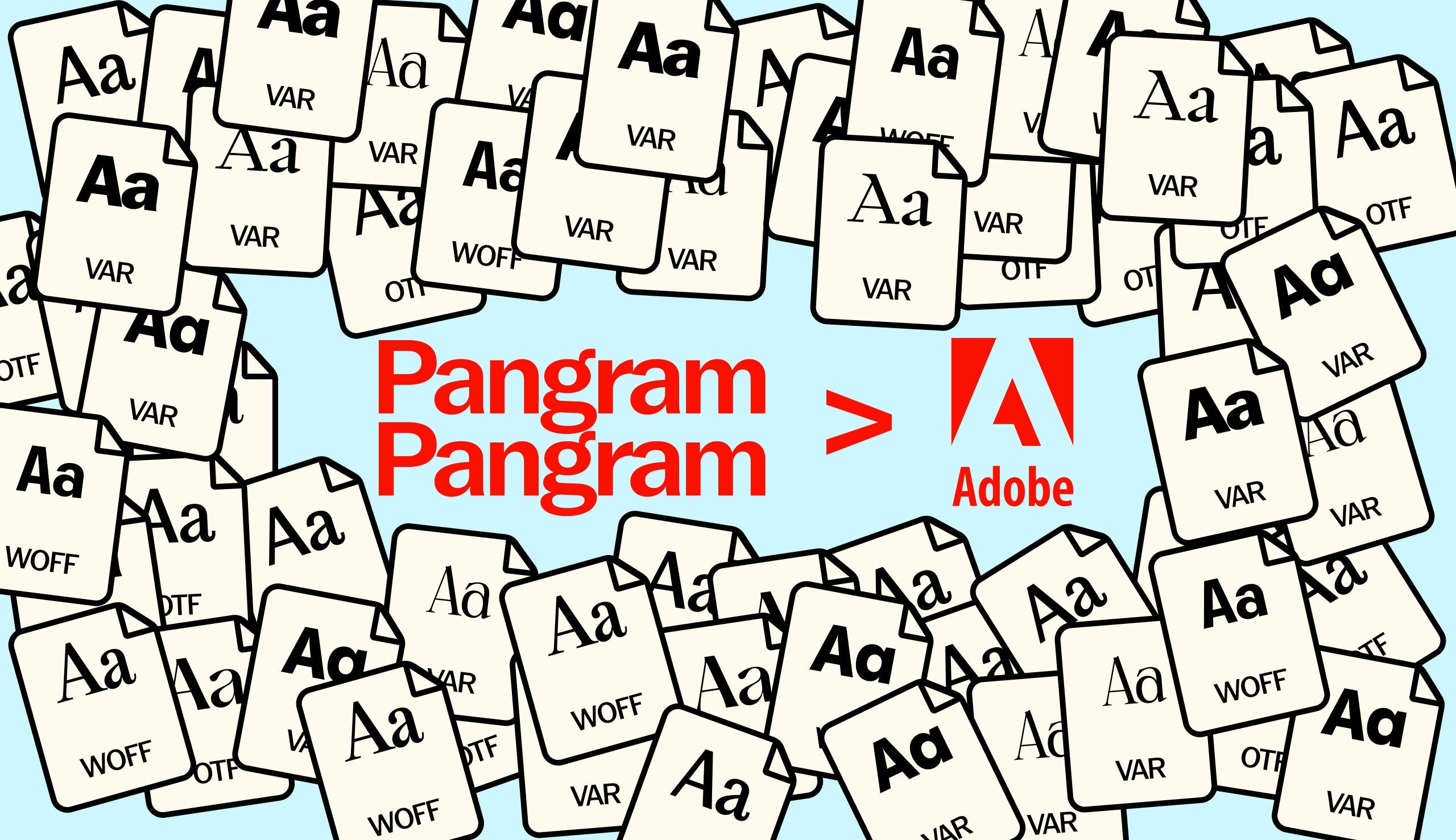Welcome back to Design Basic’s Getting to Grips! In this series we chat to industry pros, revealing the inside scoop on their processes, practices and preferences.
Welcome back to Design Basics’ Getting to Grips! In this series we chat to industry pros, revealing the inside scoop on their processes, practices and preferences.
It’s a tale as old as time (or at least as old as computers). You toil away at a task for hours and hours (or even days and days), and then out of nowhere the person next to you says “you know could do it like this?” Before you know it, BOOM 🤯. Hours of work condensed into a split-second shortcut. The truth is there are so many shortcuts and technical tidbits, for each and every creative software, that even the most useful ones often find their way to you a bit late in the game.
Well, our philosophy is that it’s better late than never! We’ve spoken to Getting To Grips’ resident creatives on the shortcuts and technical skills they wish they’d known when they first started.
Over to you, dream team!
WHAT TECHNICAL SKILL OR SHORTCUT DO YOU WISH YOU KNEW WHEN YOU FIRST STARTED OUT?
Little Troop
LT: When working in After Effects we now rely on a couple of AE extensions that have made our workflow faster. Motion is a shortcut of tools and controls that allows you to bypass After Effects' pretty complex interface. And Gifgun spits out GIFs of our animations super fast so we can quickly drop them into Google Slides where we share a lot of our work in progress with clients.


TwoMuch Studio
TMS: One tip that we were told when we first started out which has really stuck with us, was to learn how to make a good Google search. Google is a crazy tool for finding information, or solutions to problems. If you are running into an issue, or you don’t know how to do something, it’s likely someone else in the world has also encountered it. A well worded Google search will find you Youtube videos, Stack Overflow responses and online forums which will be able to help you. Pretty much all the technical skills we’ve learnt have been self taught using resources available online. Unfortunately learning isn’t something you can skip past, however we are firm believers that the journey of learning a new skill or technology is important to fundamentally understand how it works, and that ultimately unlocks more potential for creating something new and unique.


Natalia Oledzka of Porto Rocha
NO: I suppose Figma and type design! Marcos, our team’s Senior Interactive Designer, has taught us a lot about best practices and more efficient workflows, but an earlier foundation would’ve saved me some frustration and time. My world was turned upside down when he unraveled the mysteries of auto-layout and components, and showed us shortcuts like mass-renaming frames (⌘R) and navigating through frames like a presentation. I’ve also learned a lot through him on ways to organize a file with project covers, section headers, and dedicated pages, which has been big for working more collaboratively on the team, as well as creating documents for clients.
I also admire type designers so much for what they do, and feel like I still have an endless amount to learn about the science and art of designing type, letterforms, and other glyphs.


Office of Demande Spéciale
ODS: Holding ctrl when I screenshot something and reorganising artboards in illustrator.
(Open the Artboard panel, which is available under the Window option in the top menu bar, and then click on the Rearrange All Artboards button in the lower-left corner of the panel.)


OlssønBarbieri
OB: In the packaging for food and drinks, there is often a lot of information that needs to fit in a small space on the back label. This type of info usually includes ingredients, nutritional info, legalities and often it may include more languages. A brutally confident kerning and horizontal tracking has often saved the day. When it comes to hierarchy in a label, is often about creating contrast between the different information to help navigation. Vintage labels often use a fair number of different fonts together but it’s also interesting to create restrictions and use only a few treatments to solve all the elements that needs to be communicated. In other words, I think the lesson through the years has been to accept that there aren’t really any short cuts, to solve a problem, there will constantly be new ways to approach a project or a challenge.










